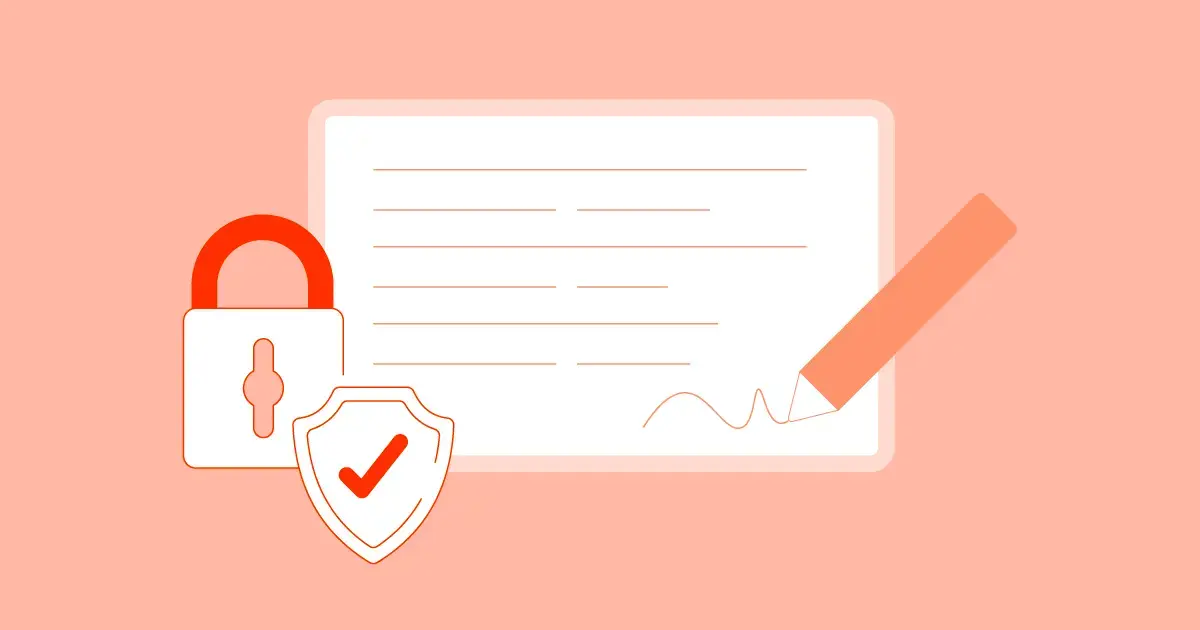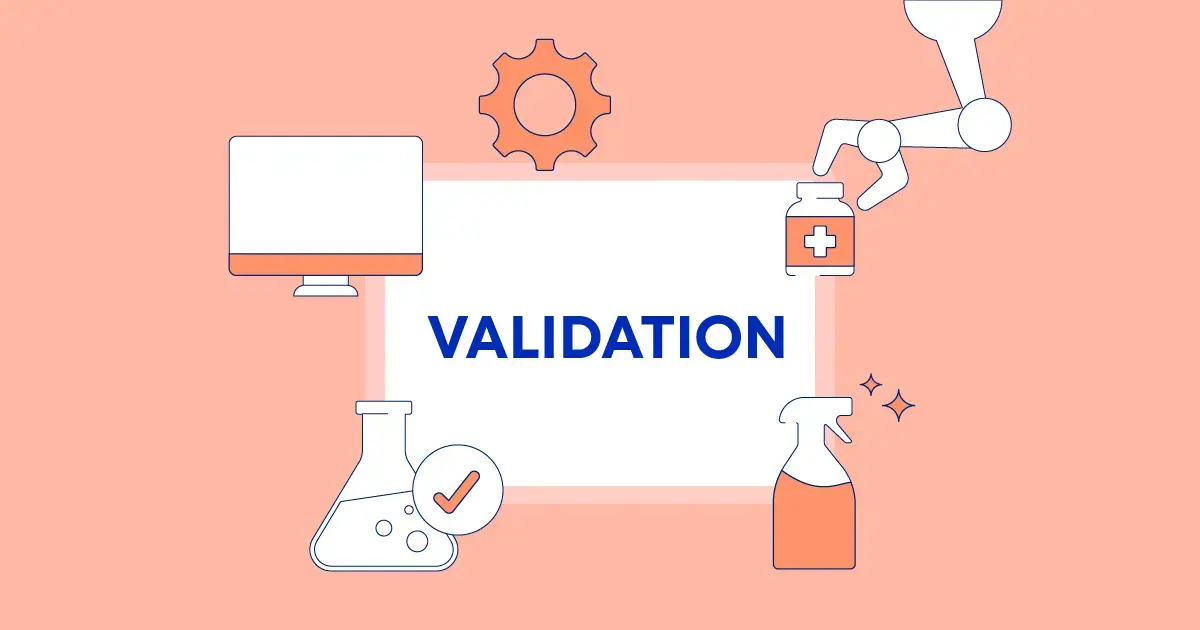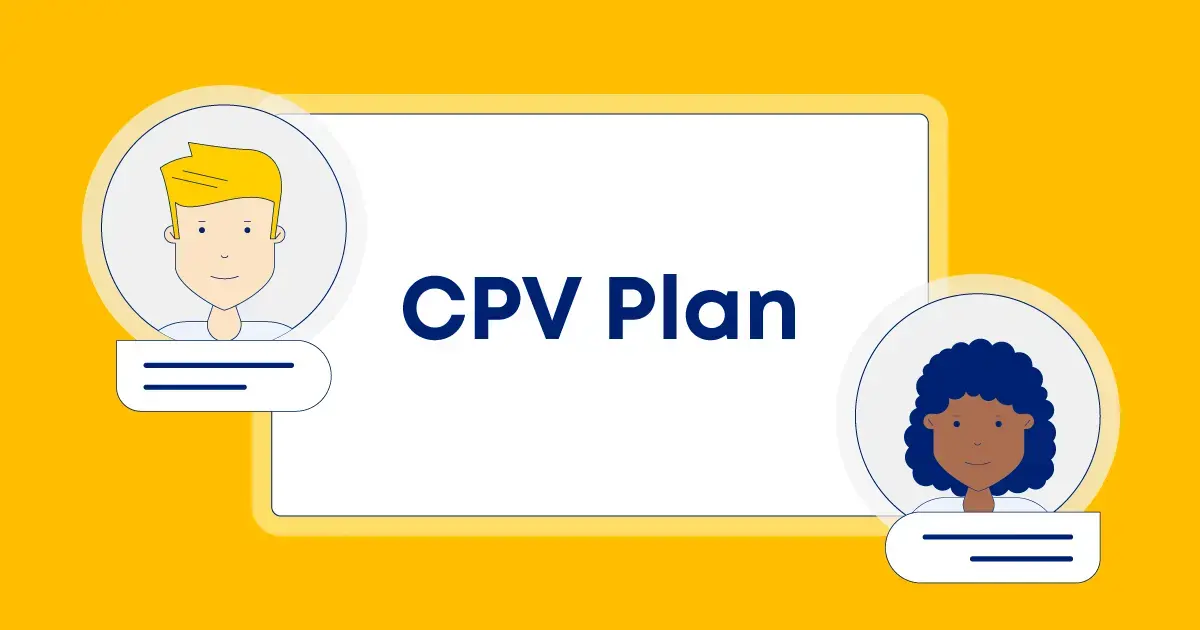What is FDA 21 CFR Part 11 Compliance?

Summary
21 CFR Part 11 defines how electronic records and electronic or handwritten signatures on electronic records can be accepted by the FDA as equivalent to paper and ink. It sets criteria to ensure authenticity, integrity, and reliability of data across life sciences organizations.
This post explains the regulation’s subparts, the need for system validation, and how ValGenesis iVal can support secure records, electronic signatures, audit trails, and automated workflows in a paperless, compliant process.
Key Takeaways
- 21 CFR Part 11 sets criteria for FDA acceptance of electronic records and signatures as equivalent to paper records and handwritten signatures.
- The regulation covers general provisions, electronic records, and electronic signatures, and is supported by FDA guidance on validation, audit trails, legacy systems, and record retention.
- Validated, secure digital validation systems can help manage records, signatures, workflows, and audit trails in a fully electronic, Part 11–compliant way.
Who is this for
- Validation engineers and CSV specialists in pharma and biotech.
- Quality assurance/quality control managers in FDA-regulated companies.
- Regulatory affairs professionals working with FDA submissions involving electronic records.
- IT/system owners responsible for GxP computer systems and electronic documentation.
- Clinical operations and CRO project managers using electronic systems for studies and submissions.
- Manufacturing and operations leaders in medical device and biologics organizations using digital systems.
Relevant Entities to this Post
- 21 CFR Part 11 – Electronic Records; Electronic Signatures: Full regulation (eCFR official text).

If you work in any sector of the life sciences industry, you know how important it is to comply with 21 CFR Part 11, the part of Title 21 of the Code of Federal Regulations that sets the standards for ensuring the authenticity, integrity, and reliability of electronic records and signatures (ERES) used or submitted to the FDA. The regulation, also referred to as simply Part 11, applies to pharmaceutical companies, medical device manufacturers, biotech companies, biologics developers, contract research organizations (CROs), and other FDA-regulated companies.
Given its widespread reach, understanding the intent, requirements, and challenges of 21 CFR Part 11 compliance is essential knowledge for all life sciences professionals and the focus of this blog post.
What is 21 CFR Part 11 About?
21 CFR Part 11 provides the criteria for acceptance by the FDA of electronic records, electronic signatures, and handwritten signatures executed to electronic records as equivalent to paper records and handwritten signatures executed on paper. Simply put, 21 CFR Part 11 outlines the standards that electronic records and signatures must meet in order to be deemed reliable and equivalent to their paper counterparts.
The regulatory origins of 21 CFR Part 11 date back to 1997, a time when the industry was increasing its use of computer systems. The intent was to define controls for computer systems and encourage the use of electronic technology, all while upholding the FDA's commitment to safeguarding public health.
Part 11 Subparts A, B, and C
The regulation has three main parts: Subpart A covers the general provisions, such as the scope, definitions, and implementation of the regulation. Subpart B covers the requirements for electronic records, such as the controls for closed and open systems, the signature manifestations, and the signature/record linking. Subpart C covers the requirements for electronic signatures, such as the general requirements, the components and controls, and the identification codes/passwords.
21 CFR Part 11 also provides guidance on how to comply with the regulation in different situations, such as validation, audit trail, legacy systems, copies of records, and record retention. The guidance document, published in 2003, explains the FDA’s current thinking and interpretation of the regulation.
21 CFR Part 11 Software Validation
Let's explore 21 CFR Part 11 compliance in the context of validation.
If your products are subject to regulatory requirements, you must validate your electronic systems in accordance with 21 CFR Part 11. While the FDA mandates computer system validation, it does not prescribe a specific method. Instead, the agency seeks evidence that you have documented your validation intentions and have executed them as specified. The main goal is to guarantee that the software functions as intended and can detect any compromised or modified records easily.
But how do you manage your validation activities in a compliant way? How do you ensure that your electronic records and signatures are secure, accurate, and traceable? How do you avoid the hassle of paper-based validation documents that are prone to errors and delays?
Achieving 21 CFR Part 11 Compliance Using Digital Validation Solutions
The ValGenesis iVal application was designed for 21 CFR Part 11 compliance in the pharmaceutical industry and other sectors of the life sciences. Users can create, review, approve, and execute validation documents electronically and manage the entire validation lifecycle in a 100% paperless, compliant way.
Here are some of the features and benefits of ValGenesis iVal that demonstrate 21 CFR Part 11 compliance:
- Security: ValGenesis iVal uses a unique username and password combination for each user to access the system. It also encrypts all passwords and data in its database. Users can configure password policies such as length, complexity level, expiration period, and history log. The system locks out users after a specified number of invalid login attempts and logs out users after a specified period of inactivity. It also provides an active directory interface for user authentication and a single sign-on (SSO) option.
- Electronic signatures: ValGenesis iVal allows you to use electronic signatures for approving or rejecting validation documents. It also displays the user’s name, title, date, and time stamp and allows the signer to provide an explanation for the meaning of the signature (e.g., review, approval) on each signed document. Each signature is linked to its respective record and audit trail entry.
- Access control: ValGenesis iVal restricts access to menus and functions based on user roles and groups. You can assign different permissions to different users depending on their responsibilities and tasks. You can also control who can view, edit, delete, or approve validation documents.
- Workflow management: ValGenesis iVal allows you to create workflows that automate your business processes, such as document review and approval. You can enforce the sequence of events and tasks required for each process and assign them to specific users. Users receive email notifications and message alerts when a task is ready or completed.
- Audit trails: ValGenesis iVal tracks all user activities and changes to validation documents and records them in audit trails. Each audit trail entry includes the user’s name, date, and time stamp, type of action, and reason for change. All audit trails are linked to their parent record and can be retrieved and reviewed with the click of the mouse, a huge plus during an audit or inspection.
- Document generation: ValGenesis iVal allows you to generate validation documents such as protocols, reports, test cases, and test results electronically. You can also use templates and libraries to create consistent and standardized documents and attach supporting documents such as risk assessments, requirements, and traceability matrices to your validation documents.
Key Takeaways
ValGenesis iVal is a powerful and flexible solution that can help you achieve your 21 CFR Part 11 compliance goals. By using ValGenesis iVal, you can:
- Save time and resources by eliminating paper-based validation documents and manual processes
- Improve data integrity and quality by reducing errors, inconsistencies, and redundancies
- Enhance traceability and accountability by linking records, signatures, and audit trails
- Increase efficiency and productivity by automating workflows and notifications
- Simplify compliance and inspection by providing easy access and retrieval of records
- Streamline collaboration and communication by enabling real-time visibility and feedback
Frequently Asked Questions
21 CFR Part 11 sets criteria under which the FDA accepts electronic records, electronic signatures, and handwritten signatures executed to electronic records as equivalent to paper records and handwritten signatures on paper. Its purpose is to ensure that electronic records and signatures used or submitted to the FDA are authentic, reliable, and secure.
Related Blog Posts

“No Paper” is Only 25% of the Benefit of “Paperless” Validation
Saving bottom-line costs of paper and paper storage is just one benefit of paperless validation. Also at stake: disaster recovery, using big data intelligently, and keeping remote teams productive.
By Steve Thompson
Read
Types of Validation in the Pharmaceutical Industry
All systems, equipment, and processes that have GxP impact require validation. Here are the different types of validation in the pharmaceutical industry.
By Lisa Weeks
Read
How to Set up a Digital CPV Plan in 3 Steps
In this blog post, we'll give you some tips that help you setting up a Digital CPV plan in only three steps.
By Sofia Santos
Read